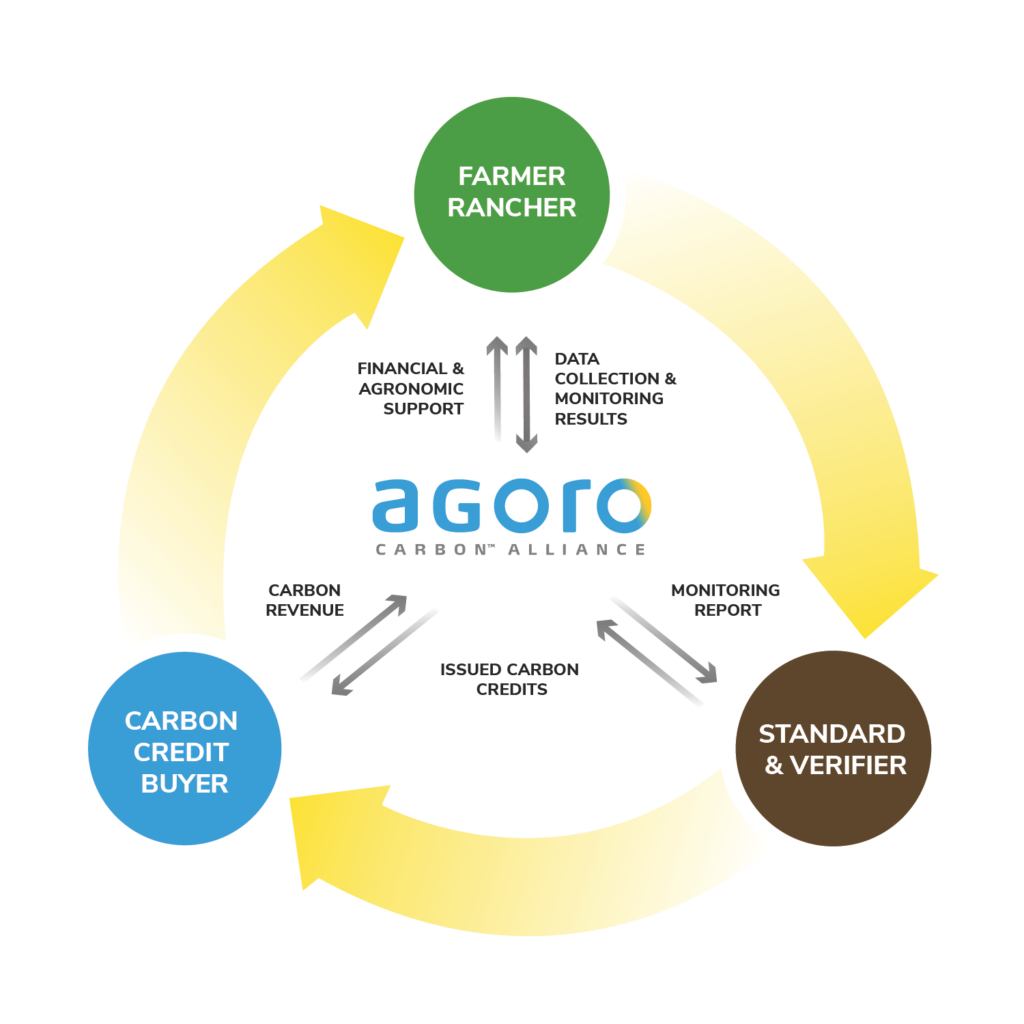How Can We Help?
Am I still able to participate in the Agoro Carbon program if I farm or ranch on rented ground?
Yes, you are. You should have a valid property interest in the property; this means you should have ownership or lease rights. In case of leasing agreements, you should both inform your landowner and attest to Agoro Carbon that such rights will remain in place for the entire duration of the program.
Are Agoro Carbon’s credits emission reductions or removals?
The regenerative agricultural land management practices implemented within the Agoro Carbon program lead to both the reduction and removal of carbon credits. However, the vast majority of Agoro Carbon credits are removal credits.
Can I work directly with the Agoro Carbon Alliance?
Yes, working directly with the Agoro Carbon Alliance is possible. We have a team of agronomists spread across the U.S. that can help you implement the new practices to ensure a high probability of success. The contract you will sign to enroll and get paid is between Agoro Carbon and yourself, so working directly together to implement a practice change is possible and welcomed.
Can you explain why your carbon credits are “high quality”?
Agoro Carbon credits are additional and encompass strong permanence characteristics contribute to a variety of benefits beyond carbon reduction and sequestration, and are reinforced by a robust MRV framework underpinned by physical soil sample measurements for baselining and verification, and enhanced through precise modeling.
Can you give me a high-level summary of how your projects work?
